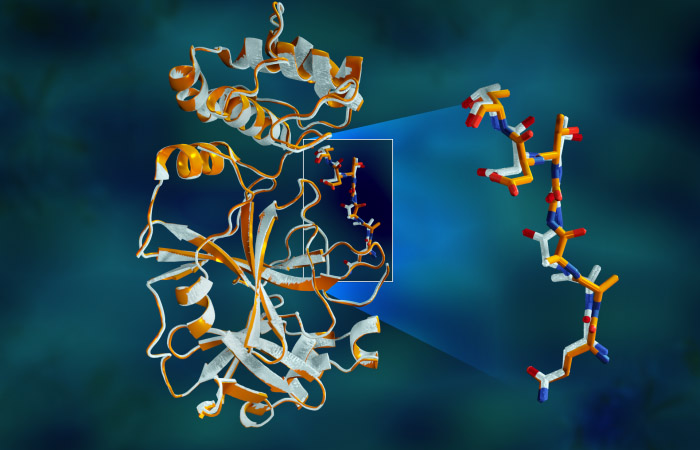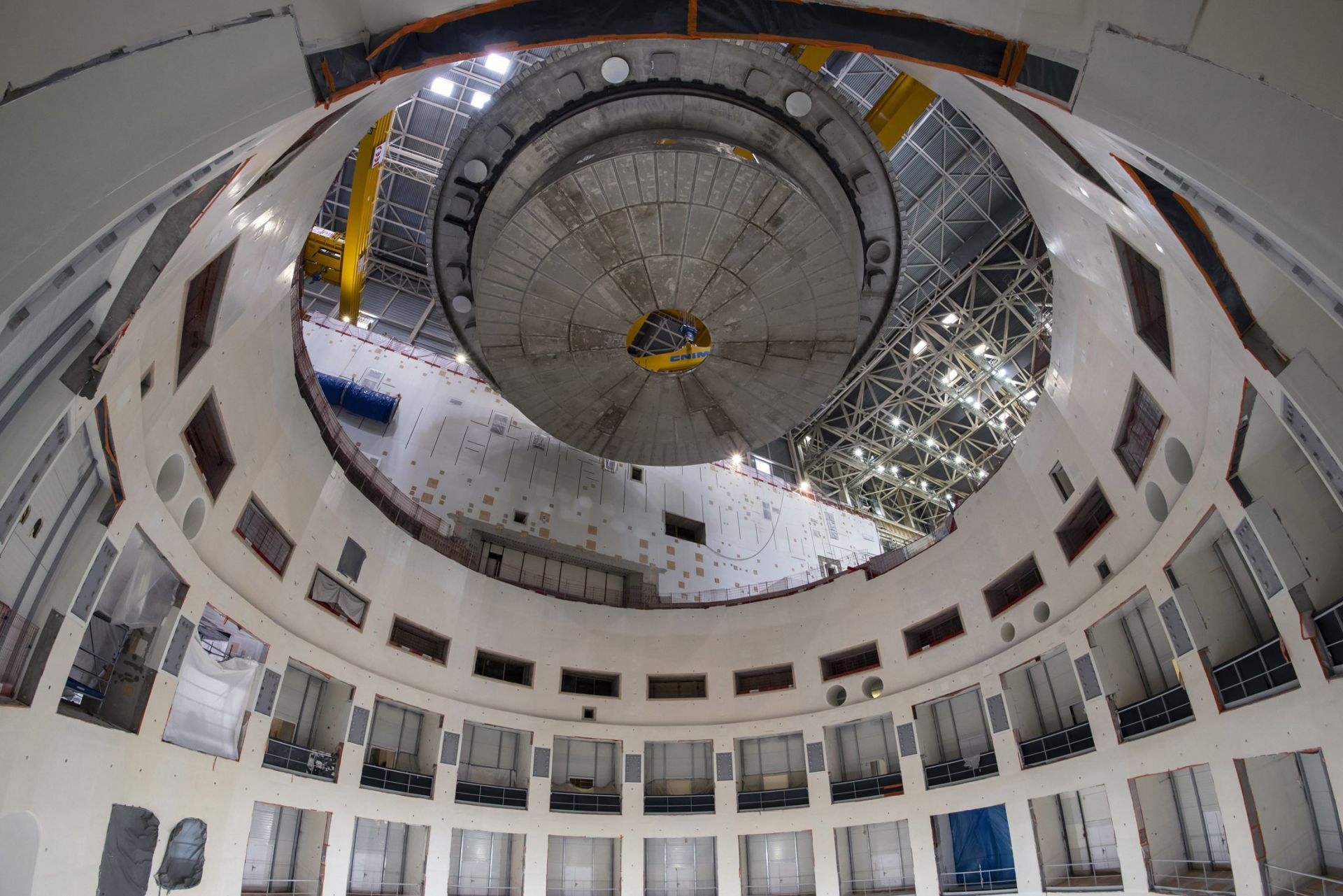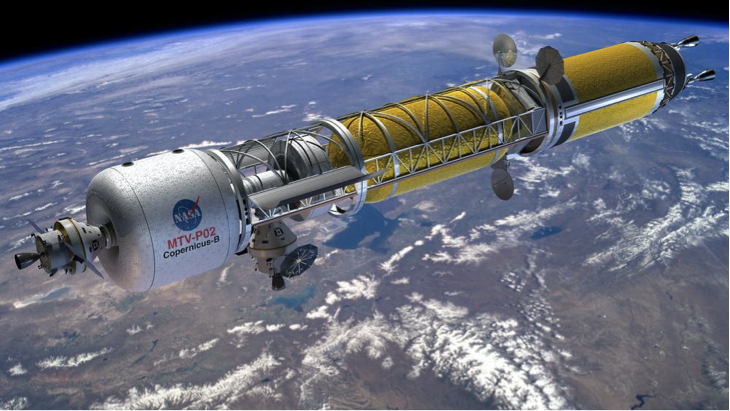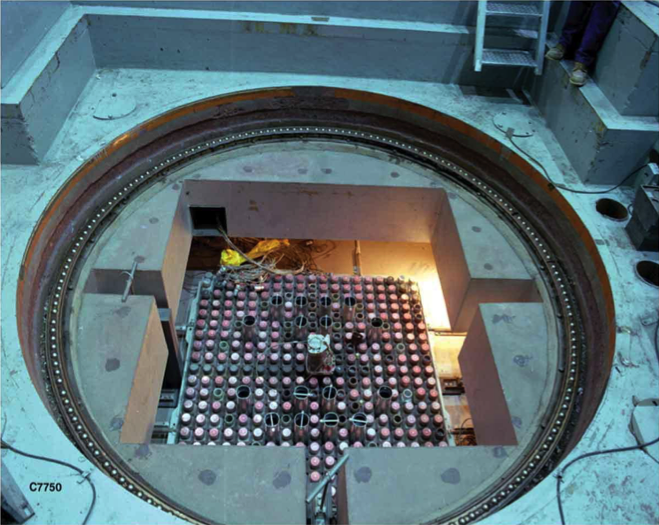The National Atomic Testing Museum presents Distinguished Lecture Series webinar
Brent Park, NNSA deputy administrator for Defense Nuclear Nonproliferation. Photo: NNSA
The National Atomic Testing Museum is hosting a free webinar on July 30 at 9 p.m. (EDT) featuring Brent Park, the National Nuclear Security Administration's deputy administrator for Defense Nuclear Nonproliferation. Registration is required.
The webinar is part of the museum’s Distinguished Lecture Series.
Park, a nuclear physicist with 30 years of experience at Department of Energy national laboratories, currently leads the NNSA's efforts to prevent nuclear weapons proliferation and reduce the threat of nuclear and radiological terrorism around the world.


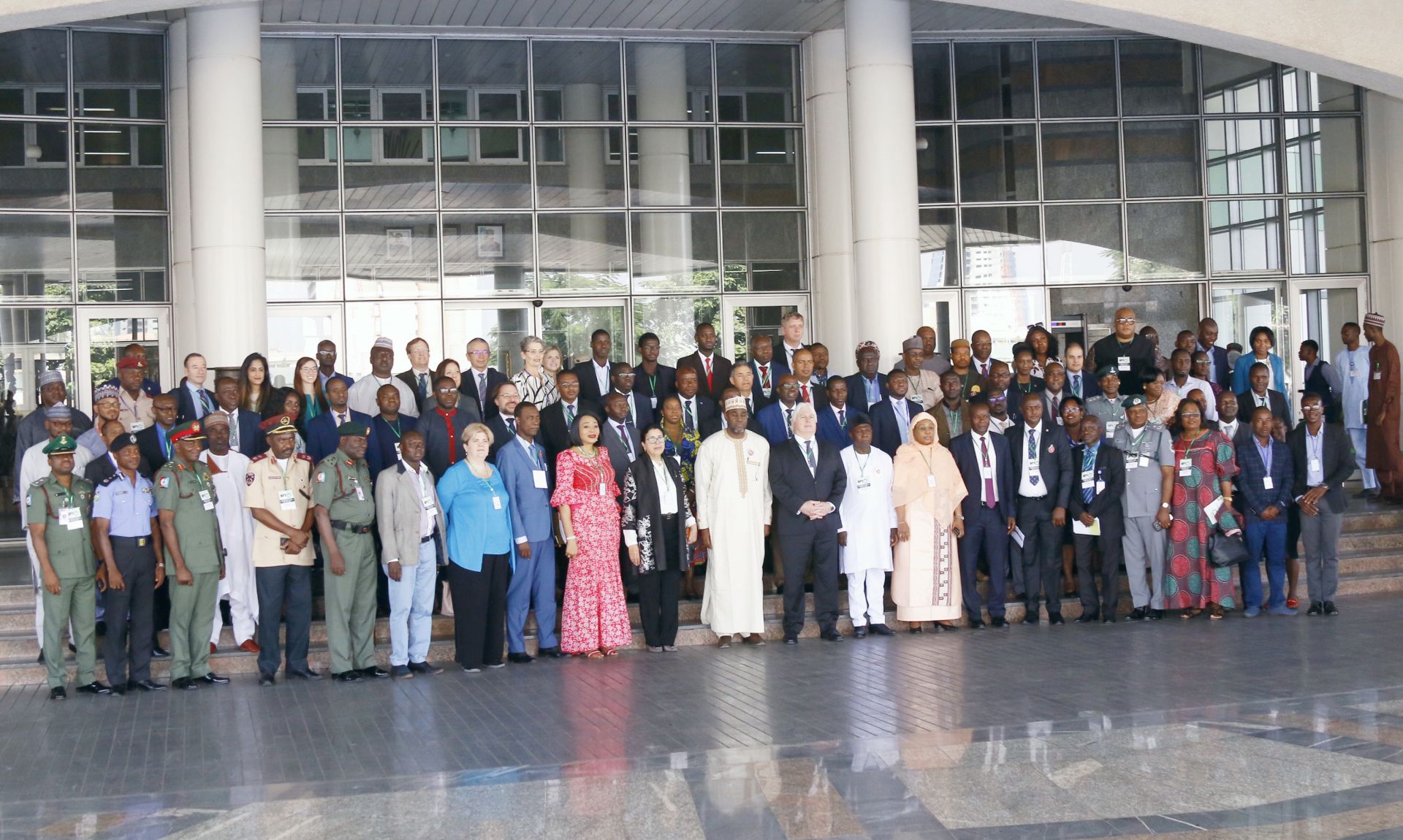
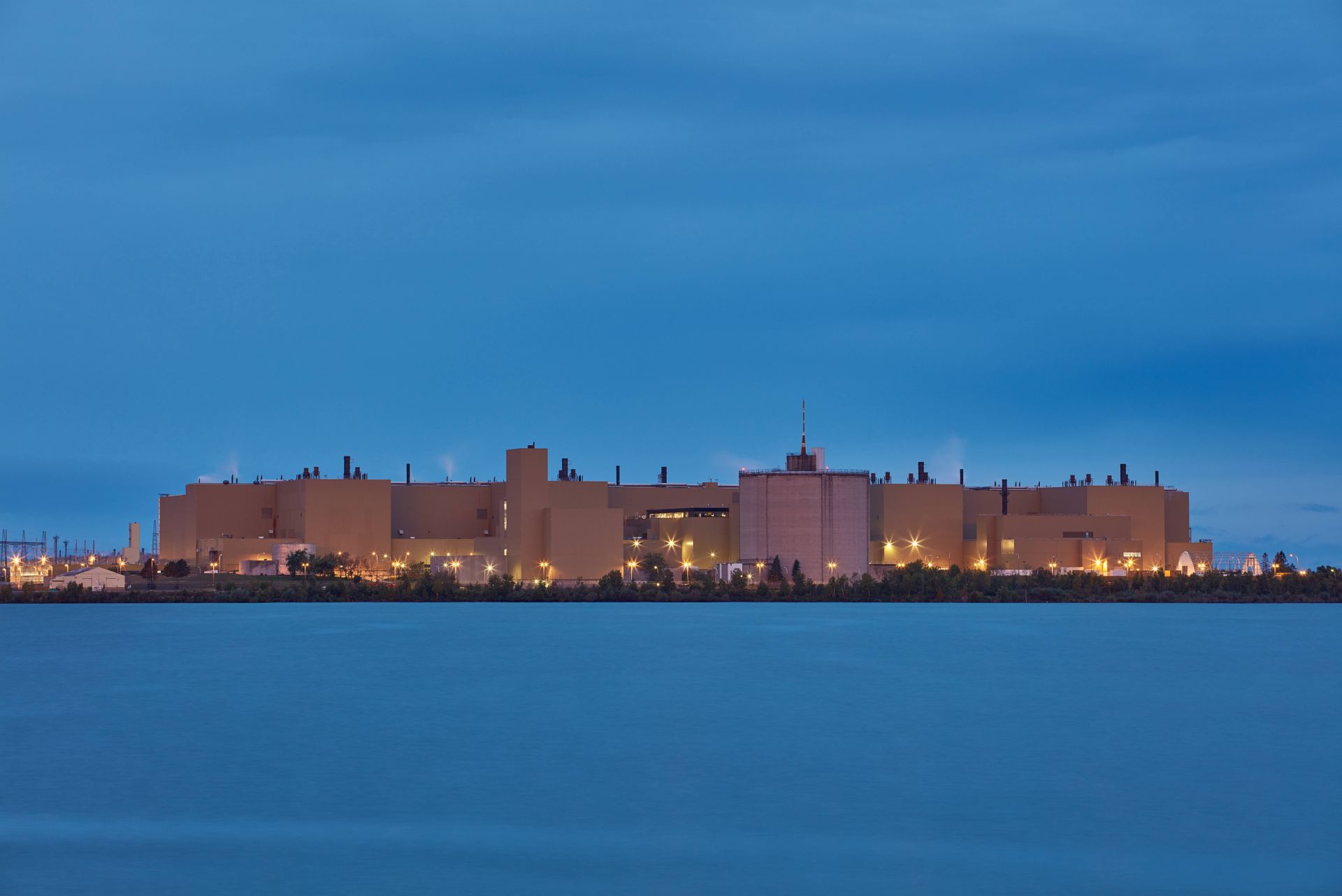
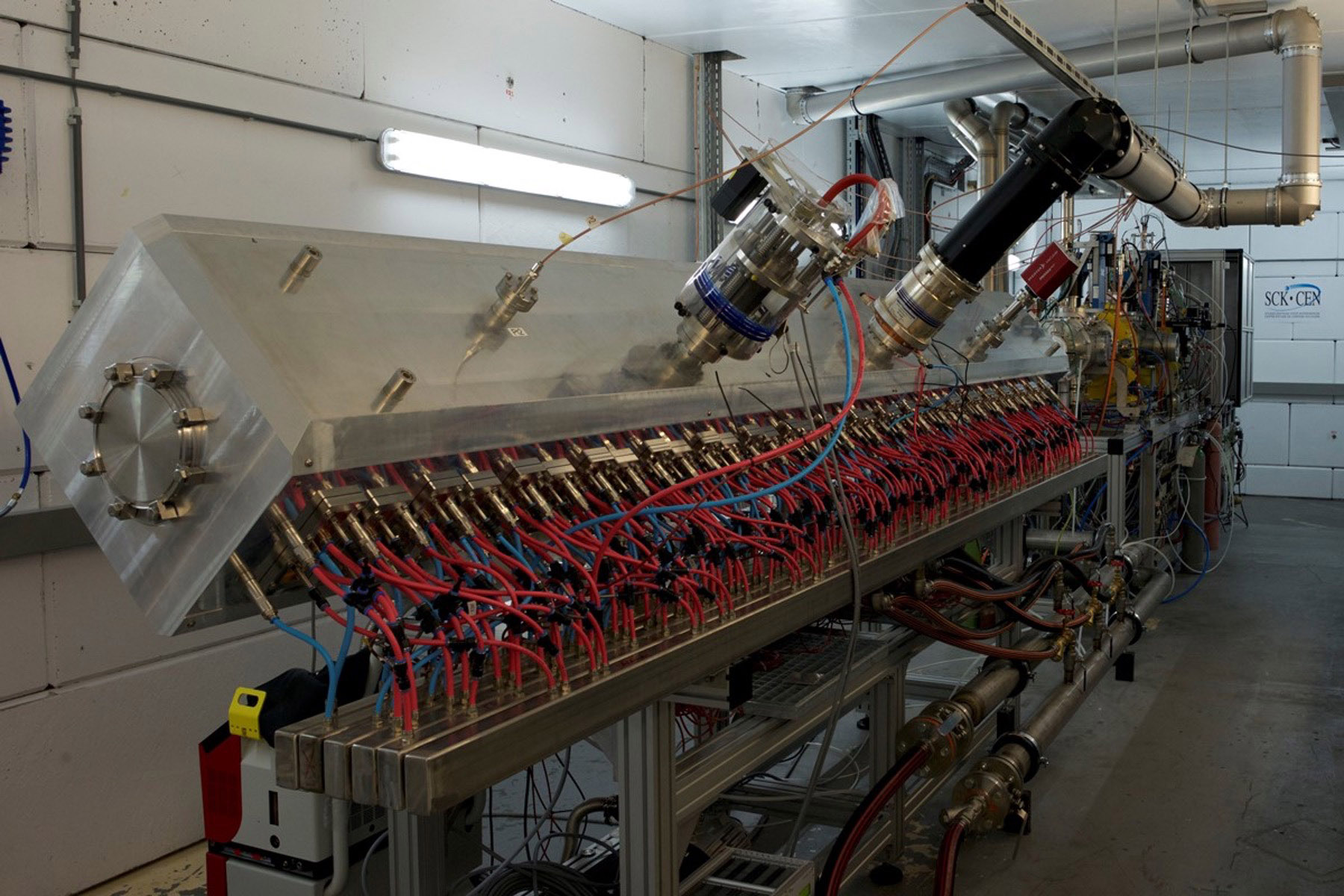
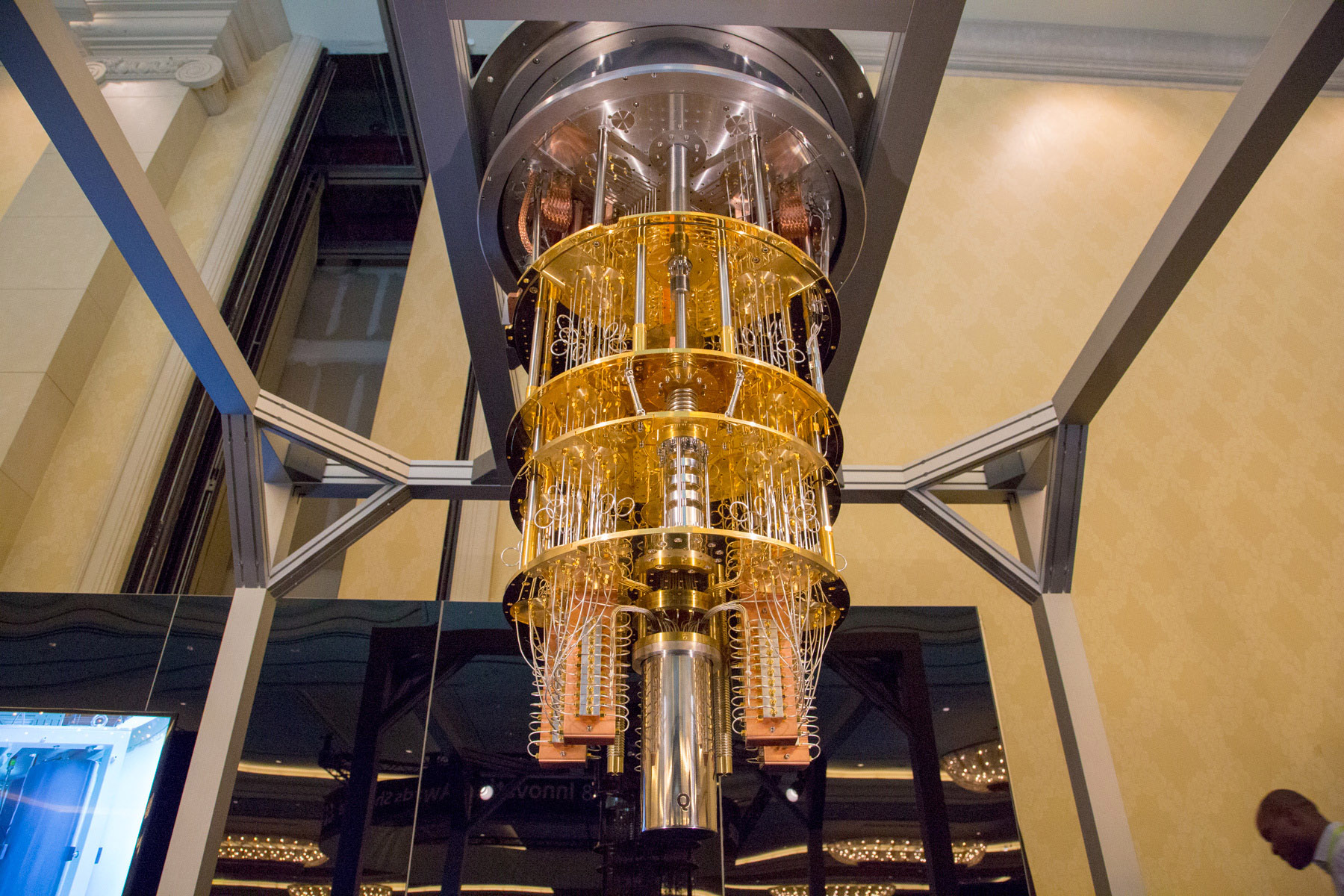
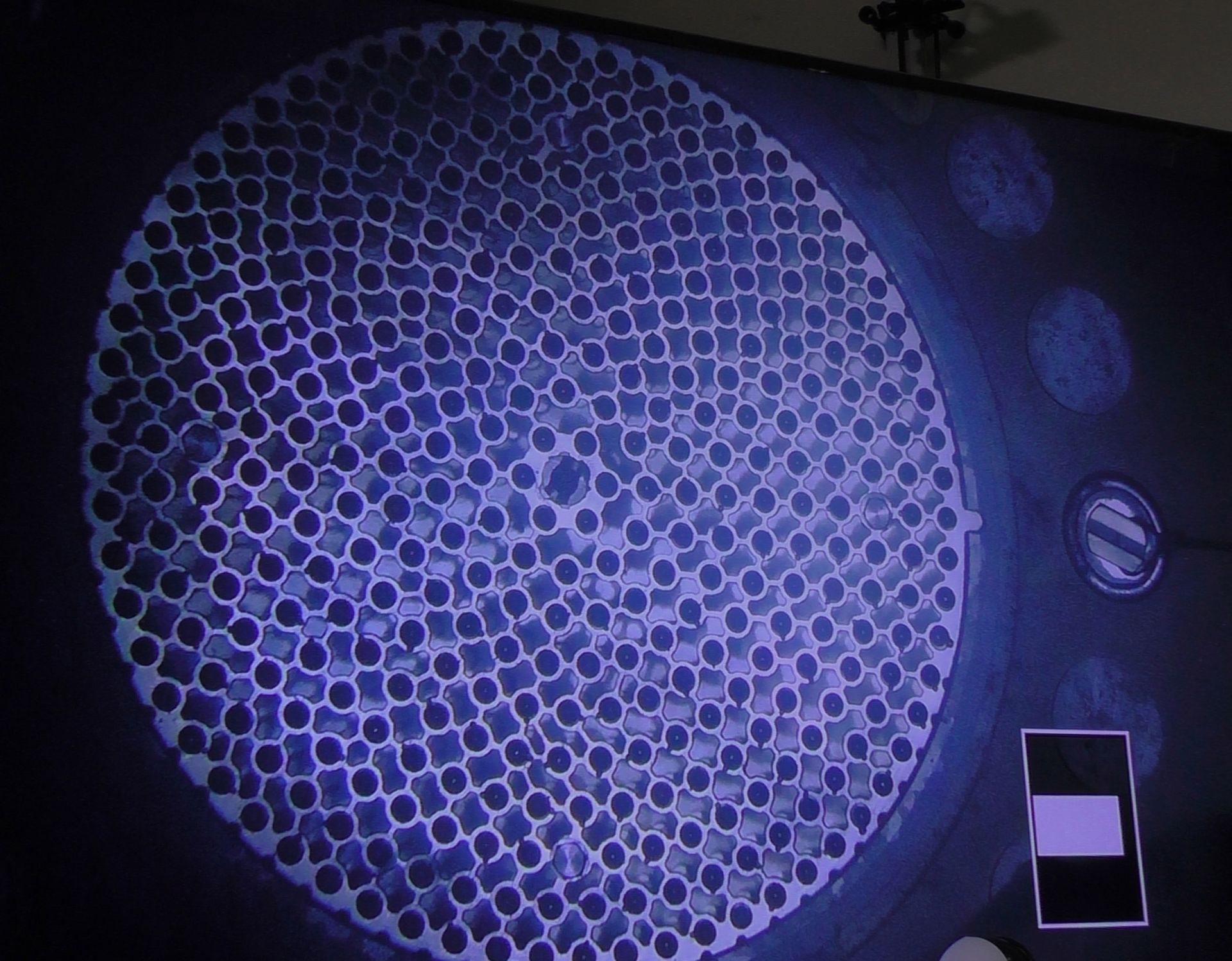
 A new report from the American Institute of Physics declares the physical sciences to be at a “tipping point” between a “perilous” future and a “vibrant” one as a result of the coronavirus pandemic. The 28-page report,
A new report from the American Institute of Physics declares the physical sciences to be at a “tipping point” between a “perilous” future and a “vibrant” one as a result of the coronavirus pandemic. The 28-page report, 
